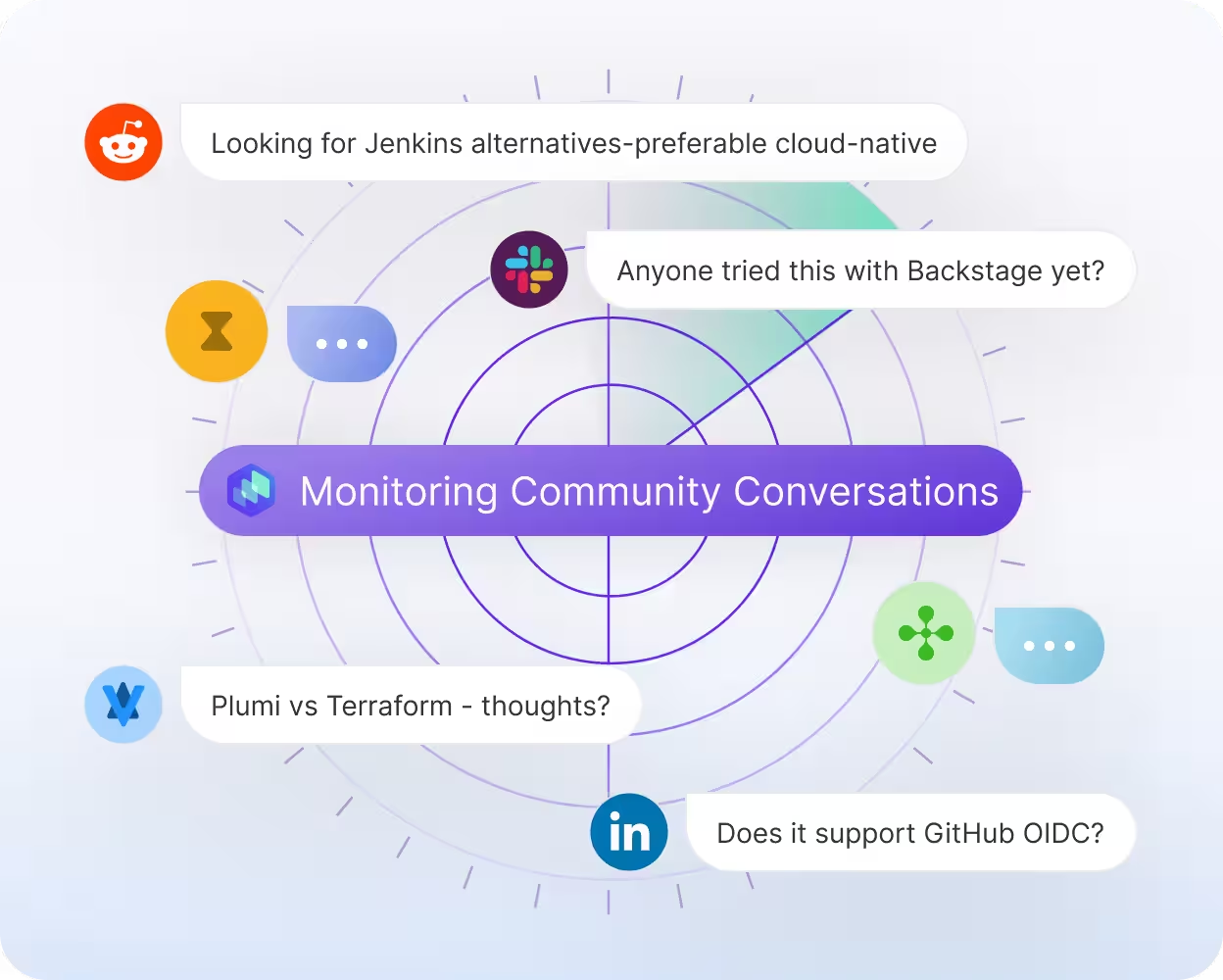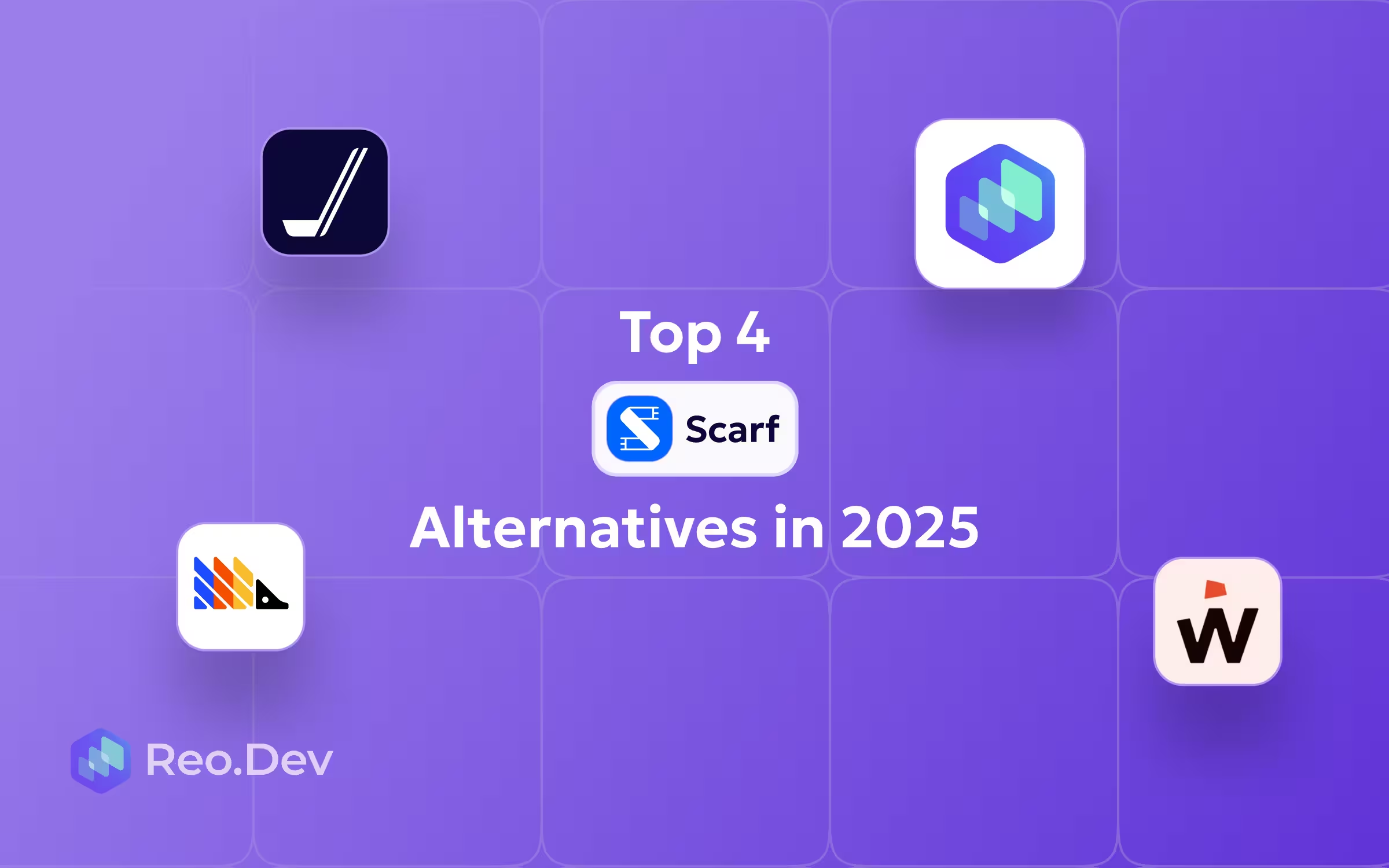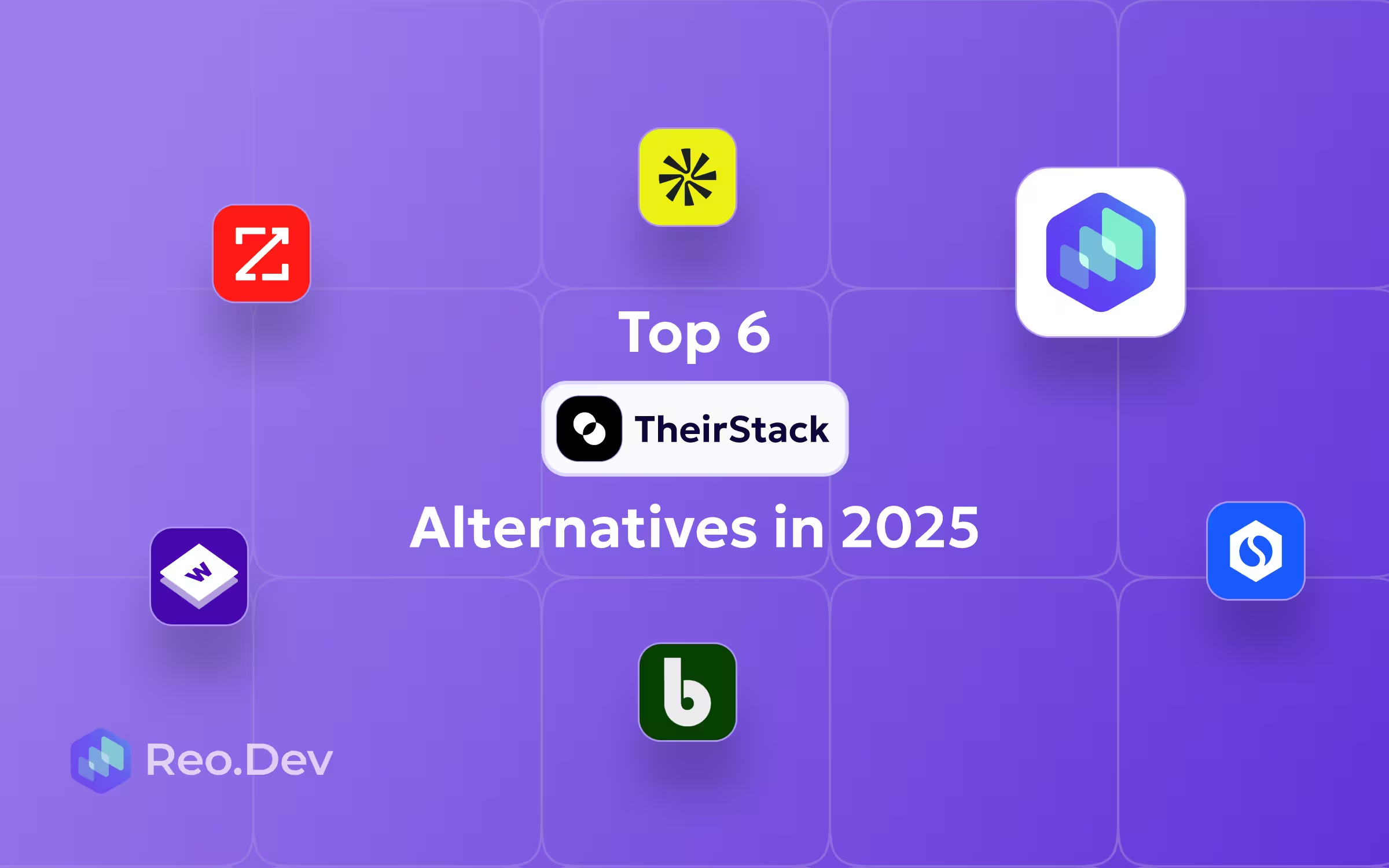Scarf.sh stands alone as the tool for package install telemetry at the registry level(Who is downloading/installing my library, at which company, and how often?) and attribution. However, here are 4 key reasons why someone might be looking for a Scarf alternative:
- Feature-level/In-Product Adoption: While Scarf tracks downloads and installs of packages across registries like PyPI, Docker, npm, the insights are limited to version adoption and it doesn’t quite capture in-product or feature-level usage.
- Attribution to Companies and Accounts: Scarf might provide some enterprise attribution if telemetry is embedded, however, for teams that want full account-level tracking or richer integrations, it might not be the best fit.
- Community and Ecosystem Signals: Since Scarf provides minimal visibility into developer activity at the community level like pull requests, GitHub issues, stars, forks, forum engagement, or Slack/Discord discussions, companies would be better off picking an alternative that correlates adoption with community engagement, ecosystem trends, and contributor health.
- Control & Flexibility: Users have limited ability to self-host or deeply customize the telemetry infrastructure in Scarf, which might be a blocker for teams with strict compliance, privacy, or internal analytics requirements.
Best Scarf Alternatives
Reo.dev
Pros
- Feature-Level/In-Product Adoption: In terms of product usage signals that provide you with the complete picture of in-market dev teams, here’s what Reo.dev provides:
- Developer Docs: You can monitor developer activity on high-intent documentation pages or track who has interacted with certain code commands or personalize outreach and drive conversions.
- Package Managers: Track Docker, npm, pip, Maven, and 40+ package managers to uncover developer engagement and product adoption trends.
- Product API Usage: You can ingest key product metrics through Reo.dev’s API to see how developers are engaging with your product.
- Code Interactions: Track which code snippets developers are copying from your product documentation. Reo.dev intelligently classifies these interactions to uncover usage patterns, allowing you to see which features are gaining traction, how developers are implementing your product, and when is the right time to engage.
- Product Trials: Reo.dev tracks and enriches every developer who starts a product trial via SSO, email, or GitHub.
Attribution to Companies and Accounts: Reo.dev allows you to turn anonymous GitHub handles, incomplete CSVs, or random IPs into rich developer intel complete with their role, the company they work for, their LinkedIn profiles, and activity context.

- Community and Ecosystem Signals: With Reo.dev you can monitor conversations across different developer-specific community channels like Reddit, Stack Exchange, Slack, Hacker News, and Dev.to to spot key trends and keep your messaging, campaigns, and outreach in sync with what developers are actually talking about.

- Control & Flexibility: Reo.dev allows you to define what ‘intent’ looks like for your company by assigning scores on a scale of 0-10 to activities like documentation, GitHub, website, community signals, product usage, form signups, and code product installations based on their importance to you. Say, you’d also like to integrate Reo.dev into your existing systems for further flexibility, Reo lets you do that through its API.
Cons
- Reo.dev doesn’t provide self-hosting at the moment, which might be a deal breaker for teams that want to own their infrastructure.
Best Use Case
Reo.dev is the perfect tool for developer-focused companies who want to track first-party intent signals like code interactions, packages, cloud sign-ups, and third-party intent signals like companies hiring for specific technologies, competitor GitHub repositories; and map that activity to accounts/companies to inform sales and marketing campaigns.
crowd.dev
Pros
- Crowd.dev lets you see which organizations do your community members belong to. You can filter this information based on recency, number of members/per organization, allowing your GTM team to get a comprehensive view about organization-level adoption.
- Crowd.dev aggregates data from a host of developer communities and forums, including Dev.to, Slack, GitHub, Discord, Reddit, Twitter, Discourse, Hacker News, and Stack Overflow.
- Crowd.dev can be self-hosted either through Kubernetes or a lightweight development environment using Docker.
Cons
- Crowd.dev is a good tool for capturing community-led growth signals, but it doesn’t provide tracking for product usage.
- Crowd.dev doesn’t natively aggregate with common CRM platforms, which means in order to pinpoint decision makers and set up automated outreach sequences, you might have to set something up using Zapier, N8N, or Pipedream.
Best Use Case
Crowd.dev is best suited for devtool companies that just want to turn community engagement into actionable insights.
PostHog
Pros
- PostHog lets you track product usage, high-level website metrics, surveys, experiments and session replays to get context on nuanced user behavior.
- PostHog is open-source and all users can self-host it through a free Docker Compose Deployment.
Cons
- PostHog doesn’t let you track developer activity on community platforms, which means devtool teams would end up missing out.
- While PostHog lets you identify key product usage and website usage signals, it doesn’t automatically map product usage to their respective companies, making it more ideal for product analytics teams as opposed to GTM or sales teams. To do that, you can use third-party enrichment via PostHog’s integration with Clearbit.
Best Use Case
PostHog is ideal for product teams focused on UX, experimentation, and user adoption.
HockeyStack
Pros
- HockeyStack allows you to track user interactions within your product, providing key insights into buyer journeys across all touch points.
- HockeyStack also provides company-level attribution by linking user data to company profiles. HockeyStack’s rich set of integrations also makes it easier for your GTM teams to take intent signal-based action at the right time in the buyer’s journey.
Cons
- HockeyStack doesn’t cover developer activity across communities, which can be a deal breaker for devtool companies.
- HockeyStack doesn’t provide self-hosting options, it’s strictly a SaaS-only tool.
Best Use Case
Devtools with a strong PLG motion that want to deeply understand product adoption funnels and tie them back to revenue are the ideal customers for HockeyStack.











